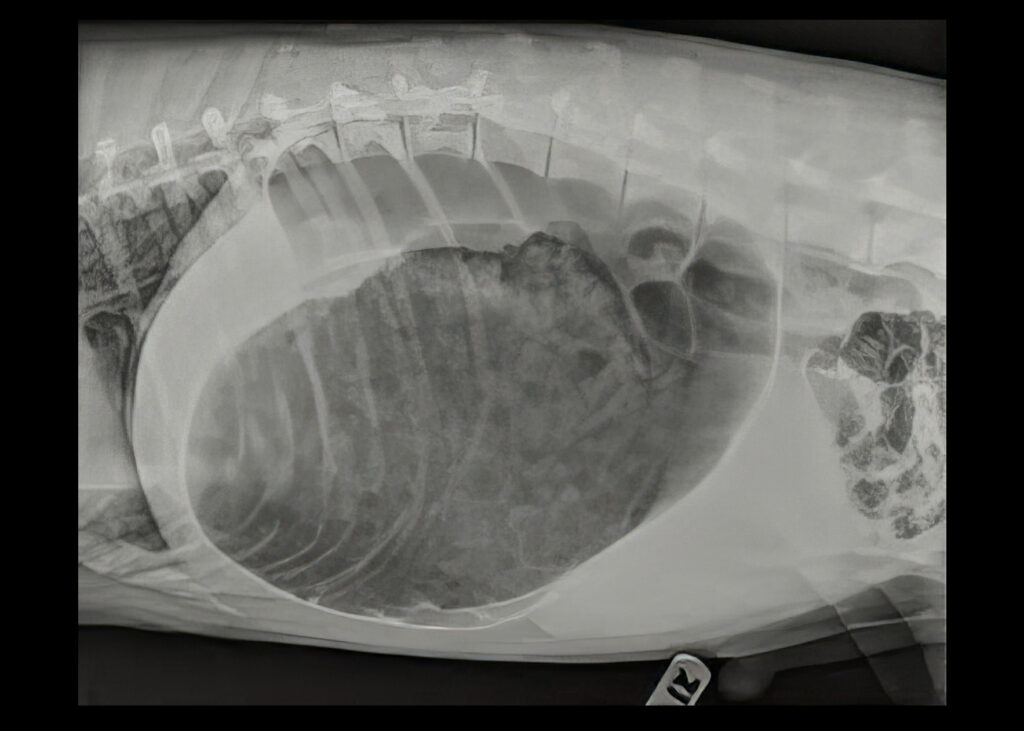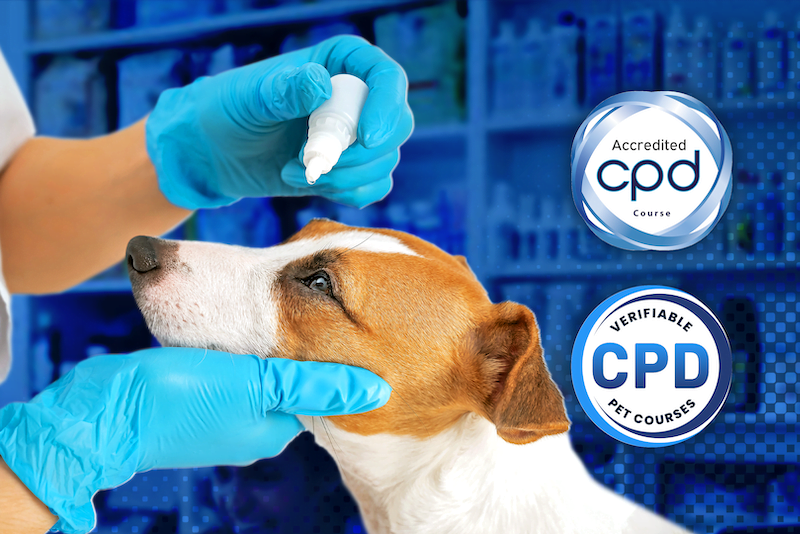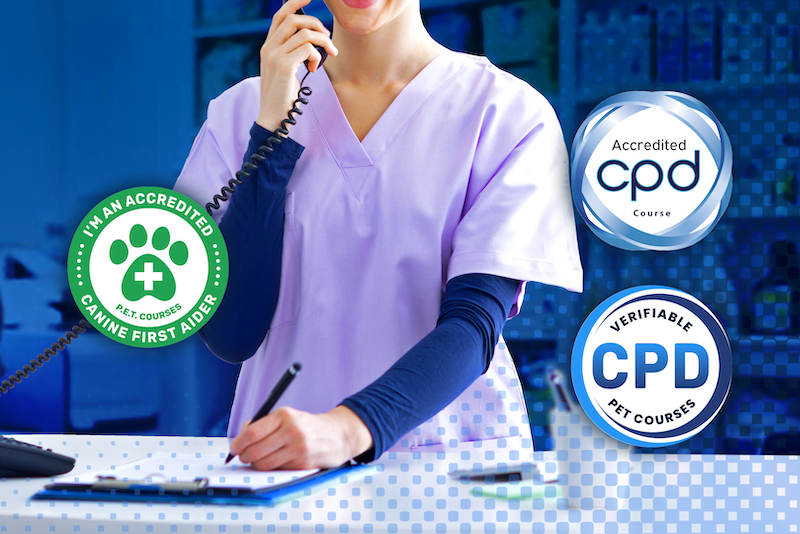Bloat in Dogs: A Critical First Aid Emergency!
 X-Ray of a dog with bloat
X-Ray of a dog with bloatGastric Dilation-Volvulus (GDV) (Bloat)
This is an extremely serious first aid situation. It occurs when the stomach becomes enlarged through a build-up of gas and then twists along its long axis. Gas then continues to build up because both entry and exit points in the stomach are blocked. This usually causes a very sudden, rapid onset of clinical signs.
GDV principally affects large breed, deep-chested dogs. For example: Irish Wolfhounds, Spinones, Chow Chows, Irish Setters etc. However any dog, including the Labrador can be affected. In fact, Robbie, my black Lab is prone to eating rapidly. Before I got him a Go Slower bowl we had an incident that caused him to get a very gasy tum. Had I not been able to recognise the signs, things may have turned out very differently!
Check out this fantastic video by veterinaryMed latinoamerica for a visual representation of what happens to the stomach https://www.instagram.com/p/BGSKf_iKSrd/?taken-by=estudianteveterinario
Causes
- Dogs that eat food rapidly are more highly represented.
- Exercising too quickly before and especially after a meal – typically bloat is seen when dogs have been exercised 1 hour before and 1 hour after being fed.
- The anatomy of the large, deep-chested breeds mean that they are more prone to this condition.
Signs
- Restlessness in the early stages.
- Abdominal pain.
- Retching (but unable to vomit because the stomach has twisted).
- Salivating (due to the nausea).
- Distended stomach (although this may be difficult to see in deep-chested breeds).
- Rapid, weak pulse rate.
- Rapid respiration rate.
- Very severe hypovolaemic shock.
Whilst these are the typical signs, not all dogs show every symptom. If you are in the least bit worried CALL THE VET.
Treatment
- IMMEDIATE veterinary attention.
- This condition commonly occurs in an evening after the dog has had its meal. Fatalities are common because owners do not like to call the vet out of normal working hours. DO NOT DELAY contacting your vet no matter what time it is!
- Once at the vets, the veterinary surgeon will need to give emergency treatment. This involves stabilising the dog with drugs and intra-venous fluid therapy, decompressing the stomach to release the gas followed by surgery to anchor the stomach back to the correct position.
Avoiding Bloat
- Do not exercise a dog 1 hour before or 1 hour after feeding.
- Use a “Go Slower” food bowl for dogs that gulp down their food quickly.
- BPA-FREE + PET SAFE: Our slow feeder dog bowl is BPA, PVC, and phthalate-free. Built with only safety-tested materials, our dog slow feeder bowl guarantees your dog only eats what you give it.
- BETTER PORTION CONTROL: Our dog bowls to slow down eating and increase eating time by 8x on average. Prevent choking, vomiting, overeating, and indigestion. Help your pet develop healthier eating habits.
- CONVENIENT EASY-CLEAN: Our dog food bowl is non-slip – no more spills with our slip-proof base. This slow-feeding dog bowl is designed to be easy and can be easily washed with water or in the dishwasher.
- BUILT TOUGH: Our dog feeder bowl is splinter-resistant and built to be long-lasting. We pride ourselves on designing products that will last you as long as you need them.
I may receive commission when you click Amazon links on this page and make a purchase. However, this does not impact my recommendations, reviews or comparisons.
Want to learn dog first aid?
Learn how to save a dog’s life in an emergency in my accredited online courses:
Higher Certificate in Canine First Aid
- Accredited Course
- Video Demonstrations
- Downloadable Resources
- Certificate of Completion
- Lifetime Access
Higher Certificate in Canine Health & Well-being
- Accredited Course
- Webinar & Demonstrations
- Downloadable Resources
- Certificate of Completion
- Lifetime Access
Higher Certificate in Canine First Aid for Veterinary Receptionists
- Accredited Course
- Video Demonstrations
- Downloadable Resources
- Certificate of Completion
- Lifetime Access



